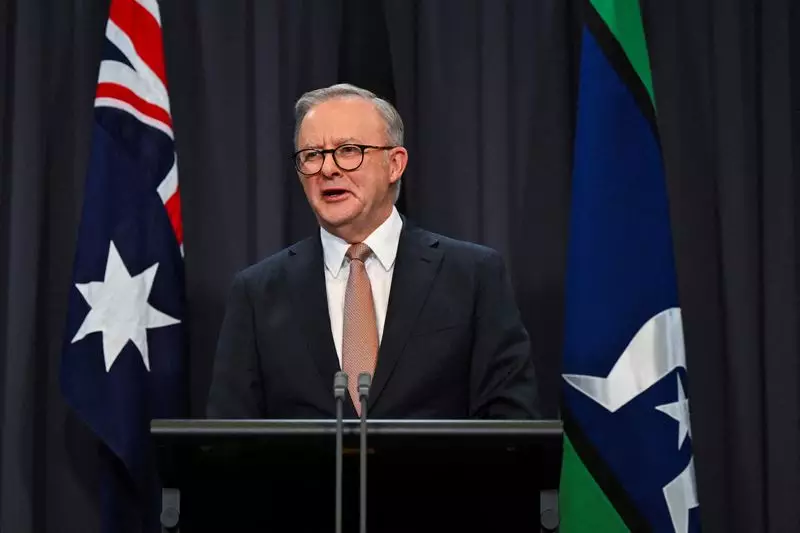In a significant announcement on a Sunday, Australian Prime Minister Anthony Albanese revealed a ground-breaking plan aimed at providing essential relief to the country’s student loan borrowers. His administration is set to implement a sweeping 20% reduction in student loans for nearly three million Australians, leading to the cancellation of approximately A$16 billion ($10 billion) in previously accumulated debts. This strategic initiative not only reflects the government’s commitment to addressing the financial strain faced by students but also aligns with the broader objectives outlined in the May budget, which sought to alleviate increasing cost-of-living burdens across Australia.
Albanese’s plan arrives amid soaring inflation and escalating living costs, conditions that have provoked genuine concern among citizens, especially students who are struggling to manage debt while navigating everyday expenses. By reducing student loans, the Albanese administration signals its understanding of the current economic climate that can weigh heavily on young Australians. In his statement, Albanese emphasized that “This will help everyone with a student debt right now,” indicating that immediate relief is a priority as they seek to establish a sustainable future for students in the country.
For the average graduate, the implications of this move are substantial. Specifically, an individual with a student loan of A$27,600 could see their debt reduced by A$5,520. However, while this may feel like a band-aid solution for some, it represents a critical step towards creating a more equitable education system that values and supports young people’s aspirations. The government aims to implement these changes by June 1, 2025, which presents the opportunity for a more substantial restructuring of the student loan framework in the years to come.
Looking towards the future, Albanese’s government has also signaled intentions to adjust repayment parameters for student loans, including raising the threshold for when repayments commence. These reforms aim to ease the burden on new graduates as they transition into the workforce. Furthermore, the Labor party’s commitment to guarantee 100,000 free places at Technical and Further Education (TAFE) institutions annually underscores a broader agenda of enhancing access to vocational education, thus equipping students with vital skills essential for high-demand industries.
Politically, this initiative comes at a pivotal moment as the Labor government seeks to bolster its position ahead of the looming federal election in 2025. With the administration currently trailing its conservative opponents in opinion polls, the emphasis on educational reform and financial relief resonates strongly with a demographic that frequently faces economic uncertainties. By championing educational initiatives and demonstrating a proactive approach to student loans, Albanese hopes to win the trust of voters who prioritize not just immediate relief, but a forward-thinking approach to education.
Albanese’s initiatives illustrate a multifaceted response to the ongoing challenges faced by Australian students. The reduction in student loans, coupled with strategic investments in education, signifies a commitment to not only alleviating immediate financial burdens but also promoting long-term educational accessibility and quality within the nation.

